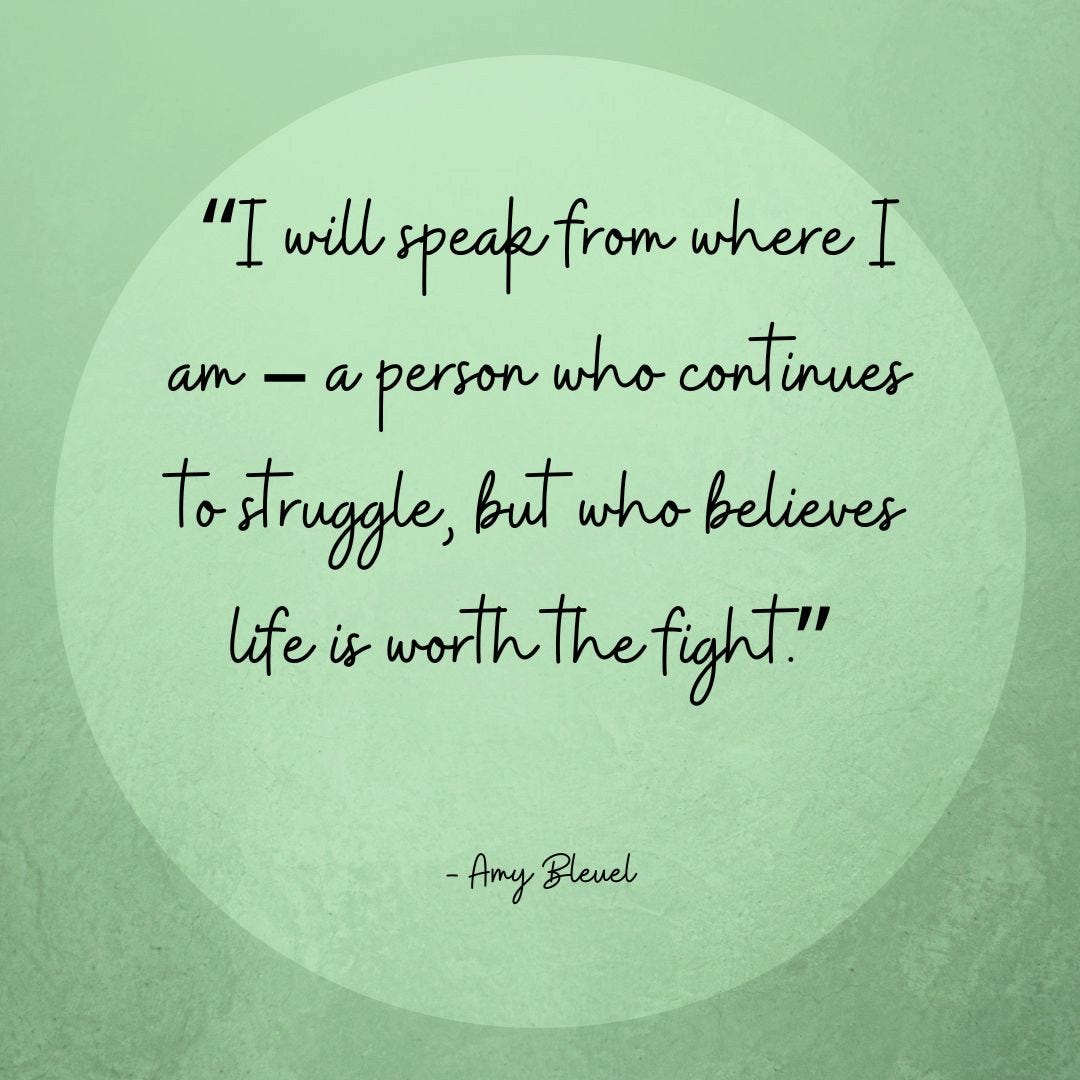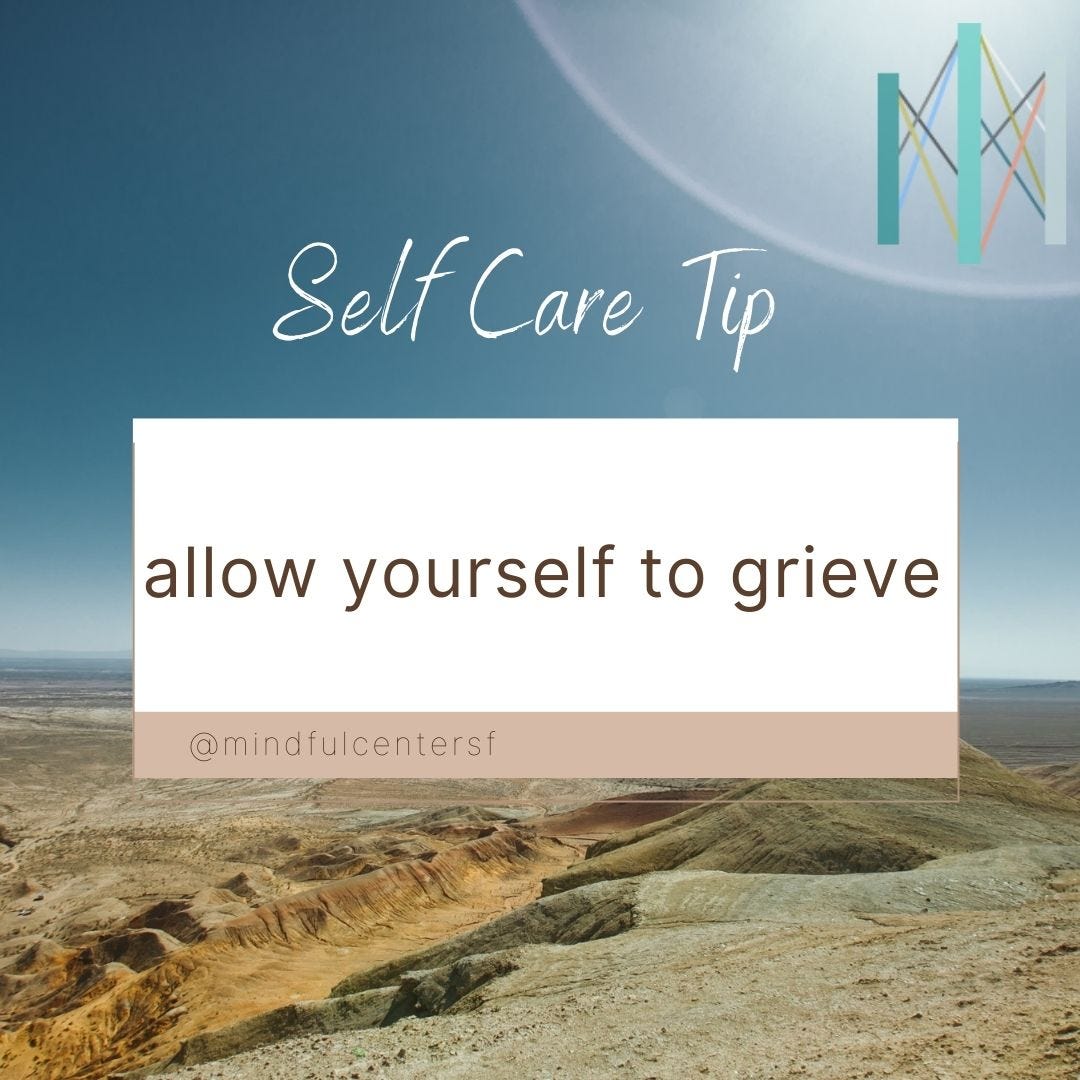Center for Mindful Psychotherapy, September Newsletter
Your monthly newsletter from our non-profit collective of ~100 Associate Marriage and Family Therapists in the San Francisco Bay Area
Bringing You A Moment of Mindfulness
Welcome back to your monthly newsletter. September is the start of school for many people, the start of autumn, a time that’s bright for a lot of people. But, of course, not for everyone. This month is National Suicide Prevention Awareness Month. So, content warning, this newsletter discusses suicide; if that’s a trigger for you, feel free to skip this month’s newsletter and we’ll be back with other topics in October!
If you’re going to continue reading, let’s pause first. Here's a reminder to take just a moment to land here. You do not need to multi-task. You don't have to think about what's next. Be right here with these words on this page. Listen to your own heartbeat and feel your feet on the ground as you take in these ideas. We are happy to be here in this space with you.
National Suicide Prevention Awareness Month
According to the 2024 State of Mental Health report, the number of suicide deaths in 2022 was the highest ever recorded in the U.S., highlighting the ongoing need for suicide prevention efforts and support services. In light of this, we wanted to share some resources and information related to suicide prevention and awareness.
National Suicide Prevention Awareness Month is a campaign held every year to bring attention to suicide and its impact on individuals, families, and communities. The goal of this month is not only to raise awareness of the warning signs of suicide but also to spread the message that prevention is possible. It aims to encourage open dialogue about mental health, reduce the stigma associated with mental illness, and ensure that those who are suffering feel supported and heard.
The Role of Therapists in Suicide Prevention
Therapists play a crucial role in suicide prevention. They provide a safe, nonjudgmental space where individuals can explore their thoughts, feelings, and behaviors—often uncovering hidden pain or distress that may lead to suicidal thoughts.
Identifying Risk Factors: Therapists are trained to recognize early signs of suicidal ideation and risk factors such as depression, anxiety, trauma, or substance abuse. Through careful assessment, they can identify individuals who may be at heightened risk and intervene before a crisis occurs.
Providing a Supportive Relationship: One of the most important roles therapists play is building a supportive, trusting relationship with their clients. This connection can often be life-saving for those experiencing feelings of isolation or hopelessness. Clients who feel heard, understood, and supported are more likely to open up about their struggles and seek help.
Developing Coping Strategies: Therapists work with clients to develop effective coping strategies for managing suicidal thoughts and the underlying conditions that contribute to them. This may involve cognitive-behavioral techniques, mindfulness practices, emotional regulation tools, or crisis planning to ensure that individuals have the resources they need to navigate difficult moments.
Crisis Intervention: In times of immediate crisis, therapists are trained to provide direct intervention, including safety planning, hospitalization if needed, and coordinating with other mental health professionals and support systems. Their role extends beyond regular therapy sessions—they act as advocates for the well-being and safety of their clients.
Addressing Stigma: Therapists also work to reduce the stigma surrounding mental health and suicide by encouraging open conversations and normalizing the need for help. They help clients understand that asking for help is a sign of strength, not weakness, and guide them through the process of seeking support.
The Role of Therapists in Supporting Those Who Have Lost Someone to Suicide
Therapists are uniquely positioned to provide critical support to individuals who have lost someone to suicide, often referred to as "suicide survivors." The grief associated with losing a loved one to suicide is complex and can be compounded by feelings of guilt, shame, and confusion. Therapists play a key role in helping survivors navigate this challenging emotional landscape, offering a compassionate space for healing and recovery.
Facilitating Grief Processing. The grief experienced by suicide survivors is often characterized by a mix of intense emotions, including anger, sadness, guilt, and sometimes relief. Therapists help individuals process these feelings by creating a safe environment where they can express their emotions without fear of judgment. Through therapeutic techniques, such as grief counseling or psychodynamic therapy, therapists assist survivors in exploring the multifaceted nature of their grief, allowing them to acknowledge and work through each layer of emotion.
Addressing Complicated Grief. Survivors of suicide are at a heightened risk of experiencing complicated grief, where the normal grieving process becomes prolonged and interferes with daily functioning. Therapists are trained to recognize the signs of complicated grief and can intervene early to prevent it from becoming debilitating. Techniques such as Cognitive Behavioral Therapy (CBT) for grief or Prolonged Grief Disorder Therapy are used to help survivors process their grief in a healthy manner, gradually moving toward acceptance.
Reducing Feelings of Guilt and Shame. Guilt and shame are common emotions among suicide survivors, often stemming from thoughts about what they could have done to prevent the suicide or feelings of responsibility for their loved one’s death. Therapists work to challenge and reframe these thoughts, helping survivors understand that they are not to blame for their loved one’s actions. By addressing these emotions, therapists help alleviate some of the burden survivors carry, allowing them to focus on their own healing.
Providing Emotional and Psychological Support. The emotional aftermath of losing someone to suicide can be overwhelming, leading to feelings of isolation and hopelessness. Therapists offer consistent emotional support, helping survivors navigate their grief journey at their own pace. By providing a stable and supportive relationship, therapists help survivors build resilience and regain a sense of normalcy in their lives.
Promoting Healthy Coping Mechanisms. In the wake of a suicide, survivors may struggle with unhealthy coping mechanisms, such as substance abuse or withdrawal from social interactions. Therapists work with survivors to develop healthier ways to cope with their grief and stress. Techniques such as mindfulness, relaxation exercises, and the development of new routines are encouraged to help survivors manage their emotions effectively.
Encouraging Open Communication. Suicide survivors often face stigma, which can lead to feelings of isolation and reluctance to discuss their loss. Therapists play a crucial role in breaking down this stigma by encouraging open communication about the suicide and its impact. They help survivors find the words to talk about their loss, whether in therapy sessions, support groups, or with family and friends, reducing feelings of isolation.
Connecting Survivors with Additional Resources. Therapists often serve as a bridge to additional resources that can aid in the healing process. This includes connecting survivors with support groups, recommending helpful literature, or coordinating care with other mental health professionals. By providing these resources, therapists ensure that survivors have access to a comprehensive support system that addresses their needs holistically.
What Project Semicolon Founder Amy Bleuel’s Death Might Teach Us About Suicide
Project Semicolon was founded in 2013 by Amy Bleuel, a passionate advocate who sought to honor the memory of her father, who had died by suicide. The project began with a simple yet profound idea: using the semicolon symbol as a representation of a pause in a sentence, rather than an ending. In this context, the semicolon was used to signify a pause in life’s journey—a decision to continue rather than to end. Bleuel invited people to draw or tattoo a semicolon on their bodies and share their stories on social media, creating a global movement that quickly resonated with millions.
The mission of Project Semicolon is multifaceted, focusing on both prevention and support. The organization aims to reduce the stigma associated with mental illness and suicide, encourage individuals in distress to seek help, and provide resources for those affected by suicide. The overarching vision is to create a world where fewer lives are lost to suicide and where anyone impacted by it receives the best possible support.
One of the key objectives of Project Semicolon is to change the way society views and talks about mental health. By normalizing conversations around mental illness and suicide, the organization hopes to make it easier for individuals to reach out for help without fear of judgment or shame. This shift in societal attitudes is crucial for breaking down the barriers that often prevent people from seeking the support they need.
It’s a powerful project. But it can’t go without noting that founder Amy Bleuel also died by suicide. Her death underscores the profound complexities of mental illness and the enduring impact of trauma. It is a poignant reminder that even those who dedicate their lives to helping others and advocating for mental health can still be vulnerable to the very challenges they seek to address.
The Complex Nature of Suicide
Bleuel’s death illustrates that suicide is not a reflection of a person’s strength, character, or the effectiveness of their advocacy. Instead, it highlights the often overwhelming nature of mental illness and the intricate interplay of psychological, emotional, and sometimes physical factors that contribute to suicidal thoughts and actions. Mental illness, particularly when compounded by unresolved trauma, can create a persistent sense of despair that can be difficult to overcome, even for those who are well-versed in mental health strategies and resources.
Suicide does not always stem from a single cause; it is often the result of a confluence of factors, including chronic mental health conditions like depression, experiences of trauma, feelings of isolation, and a lack of access to effective treatment. Bleuel’s passing serves as a reminder that mental health struggles are deeply personal and complex, and that even the most dedicated advocates need ongoing support and care.
Surviving Trauma and Its Long-Lasting Effects
Bleuel’s life was marked by significant trauma, including abuse, rape, and the loss of her father to suicide. These experiences undoubtedly shaped her mental health and contributed to her ongoing struggles with depression and suicidal thoughts. Surviving trauma can leave lasting emotional scars that affect an individual’s well-being long after the traumatic events have passed. For many, the pain of trauma can resurface in waves, making recovery an ongoing process rather than a definitive outcome.
Bleuel’s death underscores the importance of understanding that trauma recovery is not linear and that individuals may continue to struggle with its effects even after years of advocacy, therapy, and personal growth. It also highlights the need for comprehensive, long-term support systems that address not just the immediate aftermath of trauma but also its enduring impact.
What It Says About Mental Health Advocacy
Amy Bleuel’s death serves as a reminder that mental health advocates, like anyone else, are not immune to the challenges they work to address. It also raises important questions about how we support those who are on the front lines of mental health advocacy. The intensity of listening to others’ stories of pain, coupled with one’s own unresolved issues, can lead to burnout, compassion fatigue, and in some cases, a resurgence of personal struggles.
Her passing suggests that it is crucial for mental health advocates to have their own support networks and access to mental health care. It also emphasizes the need for a broader cultural understanding that seeking help is a strength, not a weakness, even for those who are seen as leaders in the mental health community.
Reflections on Suicide and Trauma
Amy Bleuel’s story is a powerful testament to the reality that surviving trauma and advocating for mental health does not make one invulnerable to the challenges of mental illness. Her life and death remind us that healing from trauma is a journey that requires ongoing effort, support, and sometimes professional intervention.
Moreover, her death challenges the stigma that still surrounds mental health issues. It serves as a call to action for society to create more supportive environments, where open discussions about mental health are normalized, and where seeking help is encouraged and accessible to all.
Amy Bleuel’s death by suicide does not diminish the impact of her work; rather, it deepens the understanding of the complexities of mental health and the ongoing challenges faced by those who survive trauma. Her legacy through Project Semicolon continues to inspire hope and offers a space for others to find the support they need. It also serves as a poignant reminder that even the strongest advocates can struggle, and that continued support and understanding are essential for everyone, regardless of their role in the mental health community.
Conversations with Clinicians: Meet Our Therapists
Over on our blog, we regularly interview our associate therapists to give you a chance to get to know them better. We’ve added several new interviews recently. Do check them out.
Erin Boyle, “a trauma-informed relational therapist who pulls from somatic, psychodynamic, and gestalt modalities,” says in part:
“I love working with deep-feelers in technical and/or leadership-adjacent roles. Oftentimes these folks have a lot of passion and big feelings while working in and navigating really cognitive or goal-oriented settings. These people tend to be really accomplished (perhaps overachievers), yet can sometimes feel really demoralized, undervalued, and lost in these environments.”
Brooke Hein uses an integral therapy approach to help people with grief and loss (personal, global, or otherwise), anxiety and depression, navigating major life transitions, improving relationships and communication, processing complex trauma/PTSD, and developing a stronger sense of self esteem and self efficacy.
Jordana del Feld uses a foundation of relational therapy informed by other modalities in order to “help people build parts of their lives and of their relationships.” She says in part:
“My clients say that I am insightful, compassionate, and direct, and that our work helps them feel empowered. My first priority is to support clients where they are. When appropriate, I invite explorations of our many senses, our imagination, and our subconscious, as opportunities to learn and grow.”
Sabrina Rayner is a San Francisco associate therapist who specializes in somatic psychotherapy and the Tamura Method and who loves working with people who are interested in connecting with and understanding all of themselves.
Courtenay Houk, a somatic/ relational associate therapist who specializes in helping people with anxiety, boundaries, relational difficulties, managing transitions/loss, and trauma, says in part:
“Some years ago, one of the most powerful interventions I ever experienced in a session is when my therapist interrupted my process and said, “Courtenay, I don’t care about your (relative); I care about you”. That got me to care about me, too.”
Karen Baker is a somatic and depth therapist who works virtually with people throughout California, specializing in embodiment, illness, sex and intimacy, trauma, anxiety, and dreams.
What is EMDR Therapy?
Eye Movement Desensitization and Reprocessing (EMDR) is a trauma-focused therapy that can be particularly beneficial for individuals who have lost a loved one to suicide. EMDR helps survivors process the traumatic memories associated with the loss, which often include distressing images, feelings of guilt, and unresolved questions about the death.
During EMDR sessions, the therapist guides the survivor through recalling the traumatic event while simultaneously engaging in bilateral stimulation, such as guided eye movements. This process is believed to help the brain reprocess the traumatic memories in a way that reduces their emotional charge, making it easier for survivors to integrate these memories into their broader life narrative.
Suicide bereavement differs from other types of grief in several profound ways. One of the most distinguishing aspects is the perceived intentionality behind the death, which often leads to intense feelings of guilt, shame, and a relentless need to understand "why" the suicide occurred. Survivors frequently grapple with a sense of responsibility, wondering if they could have done something to prevent the death. This unique combination of emotional turmoil often results in symptoms similar to those of Complex Post-Traumatic Stress Disorder (C-PTSD), such as intrusive memories, hyperarousal, and avoidance behaviors. For those dealing with the traumatic aspects of suicide loss, EMDR can provide relief from intrusive thoughts and flashbacks, helping them move towards healing and acceptance.
Learn more about EMDR therapy here.
Recommendations
Here are this month’s recommendations:
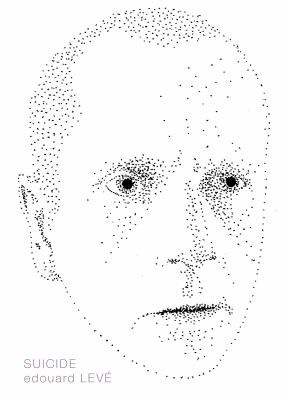

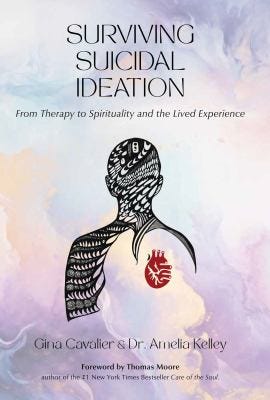
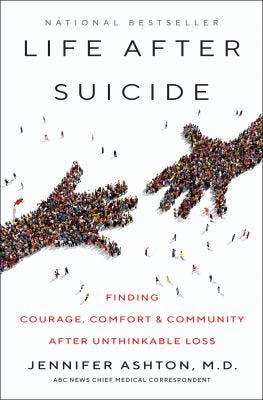
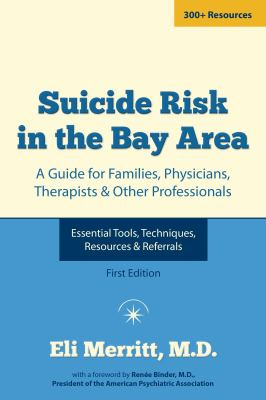
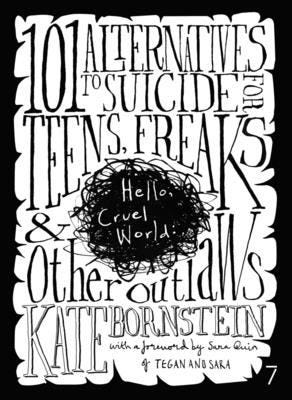


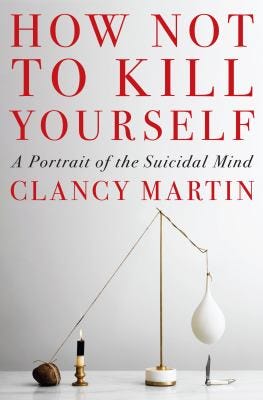
How Not to Kill Yourself: A Portrait of the Suicidal Mind by Clancy Martin: A deeply personal memoir and philosophical exploration for individuals struggling with suicidal thoughts and those who support them.
In Love: A Memoir of Love and Loss by Amy Bloom: A poignant memoir about a couple's journey through Alzheimer's and assisted suicide, aimed at those dealing with terminal illness and their caregivers.
Life After Suicide: Finding Courage, Comfort & Community After Unthinkable Loss by Jennifer Ashton: A personal and professional account aimed at helping survivors of suicide navigate grief and find healing.
One Friday in April: A Story of Suicide and Survival by Donald Antrim: A memoir that redefines suicide as a distinct mental illness, written for those experiencing suicidal ideation and their loved ones.
Suicide by Édouard Levé: A literary exploration of the impact of a friend's suicide, offering a reflective perspective for readers interested in the philosophical and emotional dimensions of suicide.
Suicide Risk in the Bay Area: A Guide for Families, Physicians, Therapists, and Other Professionals by Eli Merritt: A resource combining a local support directory with practical advice on managing suicide risk, intended for professionals and families.
Surviving Suicidal Ideation: From Therapy to Spirituality and the Lived Experience by Gina Cavalier and Amelia Kelley: A holistic guide offering therapeutic and spiritual practices for individuals dealing with suicidal thoughts and those supporting them.
Us, After: A Memoir of Love and Suicide by Rachel Zimmerman: A journalist's exploration of the aftermath of her husband's suicide, providing insights for families and survivors.
Why People Die by Suicide by Thomas Joiner: A comprehensive analysis for those seeking to understand the psychological factors that contribute to suicide, particularly for mental health professionals and concerned loved ones.
Hello, Cruel World: 101 Alternatives to Suicide for Teens, Freaks, and Other Outlaws by Kate Bornstein: An unconventional guide offering practical and creative alternatives to suicide, targeted at marginalized youth and those feeling alienated.
Read more about these books here.
Music is the Medicine
This month’s music share is:
Mental Health News From Around The Web
NPR. Finding a therapist who takes your insurance can be nearly impossible. Here's why
BBC. 'It can be life-changing': How exploring ancestry helps mental health
LA Times. Growing need. Glaring gaps. Why mental health care can be a struggle for autistic youth
New York Times. We know mental health affects physical health, why don’t we act like it?
PBS. Surgeon General addresses growing stress and mental health struggles facing parents
Fortune. The pandemic may have actually improved mental health for some kids, study finds
Harvard School of Public Health. Female physicians continue to face elevated risk of suicide
USDA Forest Service. The importance of suicide prevention in the Forest Service
VA News. Preventing Veteran suicide in local communities
American Legion. Canine training and ‘the thing under the thing’ presented as PTSD, suicide prevention therapies





